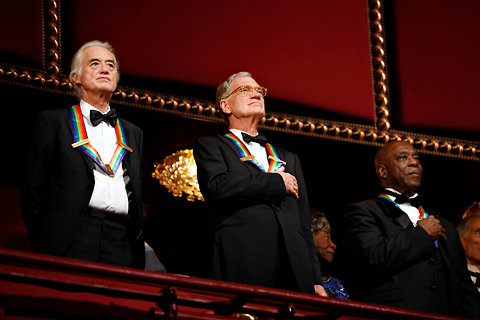PARIS — European Aeronautic Defense and Space, the parent company of Airbus, reported a 19 percent rise in 2012 net profit on Wednesday, propelled by sales of commercial jets and helicopters, while its military business continued to struggle as budget pressures squeeze defense spending in Europe and the United States.
The Toulouse-based company said earnings for the full year climbed to €1.2 billion, or $1.56 billion, from just over €1 billion in 2011, on a 15 percent rise in revenue, to €56.5 billion euros. The company proposed an increase to its 2012 dividend to 60 euro cents per share from 45 cents in 2011.
Almost all of the group’s revenue gains came from double-digit growth in sales of civil aircraft, while military orders stalled. Airbus, which saw a 19 percent rise in commercial jet sales, represented 68 percent of group revenues, little changed from a year earlier.
The persistent weakness of the group’s military business comes as EADS is steeped in a fundamental review of its business strategy. A proposed merger with BAE Systems of Britain failed amid political divisions among Germany, France and Britain.
Much of the logic behind the merger project was based on the expectation that a combination with BAE Systems, a major contractor to the U.S. military, the world’s biggest spender on defense, would help to bring greater balance between commercial and military activities.
At a briefing in Berlin, Thomas Enders, the chief executive, said EADS expected to unveil the outlines of its new strategy around the middle of the year. But he hinted strongly that the group was no longer fixated on its previous target of at 40 percent of defense revenues by 2020.
Given the current budget constraints facing Western governments, Mr. Enders said, “it’s probably not such a bad thing to have rather less exposure to the defense market.” He said that EADS’s main American rival, Boeing, which derives between 40 percent and 50 percent of its revenue from military activity, was growing increasingly reliant on its civil aircraft business as well.
“Right now, I am quite happy with the imbalance we have,” Mr. Enders said. “We are under less pressure than other, pure defense companies.”
EADS began a restructuring last year of its Cassidian unit, which groups most of its defense activities, including Eurofighter, the EADS-led consortium that builds the Typhoon fighter jet. Operating profit at the unit, which announced 850 job cuts last year, plunged by 57 percent to €142 million, in large part due to nearly €200 million in charges linked to the restructuring.
Analysts warned that the outlook for EADS’s defense business was likely to get worse before it got better. “There is clearly the risk of more of this to come as France and Germany have only just begun the process of addressing their defense budgets,” Nick Cunningham, an aerospace analyst with Agency Partners in London, wrote in a note to clients.
Mr. Enders stressed that EADS would remain a “major player” in defense, but said the group was taking a close look at which aspects of its activities — besides fighter aircraft includes missiles, surveillance and cyber-security systems — were likely to be most profitable in future years.
“Our defense business is not negligible,” Mr. Enders said. “We will focus on those areas where we have a comparative advantage and where we know we can make money.””
EADS predicted that its commercial aircraft business would continue to see steady growth in 2013 and said it did not expect to see any major disruption to global air traffic as a result of the economic slowdown and lingering sovereign debt crisis in Europe. The company said it expected Airbus to sell around 700 new jets this year, down from 914 planes in 2012. Aircraft deliveries should increase slightly to between 600-610 jets, from 588 last year, after the company stepped up production of its popular single-aisle A320 planes last October to 42 planes per month from 38 planes previously.
While the group’s net cash position increased slightly last year to 12.3 billion euros from 11.7 billion euros at the end of 2011, analysts warned that the ramp up of the development of Airbus’s forthcoming widebody jet, the A350-XWB, was likely to draw down those cash reserves over the next year. EADS said the production schedule for the A350, which has a late-2014 target for entry into service, remained ”challenging” and cautioned that any unforeseen delays could lead to fresh provisions to compensate airline customers.
Airbus this month abandoned a plan to use a lightweight, high-power lithium-ion battery on board the A350 amid continued uncertainty over an ongoing investigation into what caused similar batteries installed on Boeing’s rival 787 Dreamliner to ignite or emit smoke. Airbus said it would adapt its design to use a conventional nickel-cadmium battery instead in order to avoid any possible delays linked to the safety certification of the technology by aviation regulators.
Article source: http://www.nytimes.com/2013/02/28/business/global/eads-profit-soars-19-percent.html?partner=rss&emc=rss
